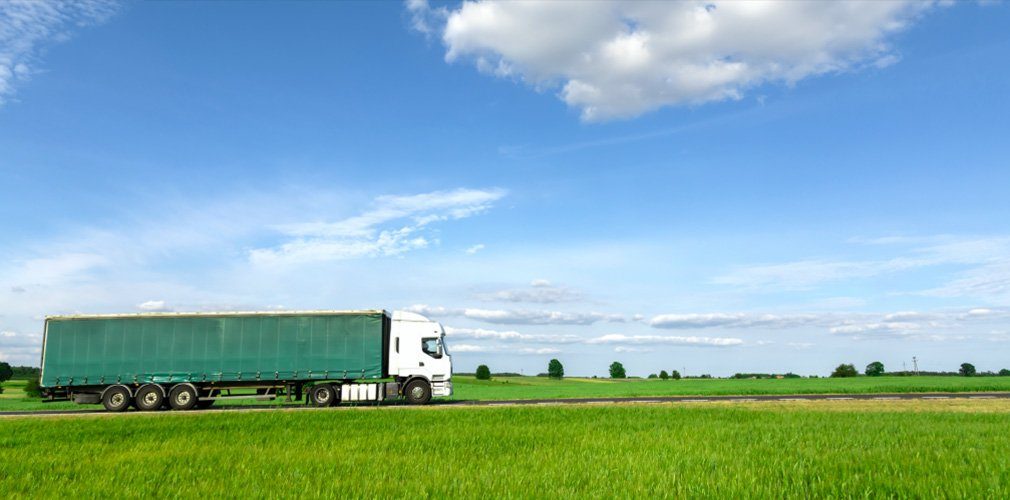Evidently, the world is heading towards sustainability or at least trying to. In 2020, environmental preservation measures have been implemented by many countries, especially the developed countries with high LPI (Logistics Performance Index) rankings.
This is where green logistics come into play. By its definition, green logistics refers to certain measures aiming at reducing the environmental impact of logistics activities, especially the air pollution caused by CO2 emissions from vehicles. Concerning measures include other activities in the supply chain like choosing more eco-friendly modes of transportation, the full truck loading policy, repackaging, reusing packaging, and many more. These measures not only help reduce the production costs but also make the whole logistics system greener.
At present, many countries have embraced green logistics. In Asia, the three countries that are now leading in this field are China, Japan and Thailand. In Thailand, the road towards sustainability in logistics and the greener supply chain stemmed from the stricter restrictions and regulations of trading partners that have encouraged the Thai government to support the logistics industry in terms of human resource development and counseling on green supply chain management. The Green Label is also encouraged so that consumers know that the products are part of the green supply chain. Moreover, green logistics aims to connect the industry with communities and the environment; being green is not only good for the environment, but also great for people who live around you. This makes it easier to build the brand’s image as a green company.
The directions and strategies of each country on green supply chain management clearly reflect the potential and cultural differences. In Thailand, the environmental impact of logistics have been acknowledged at the policy and business levels. Tips for entrepreneurs?
The faster you implement, the more benefits you and this world will get in the long run.
Reference:
The Key of Logistics & Supply Chain Trends in 2020 and beyond
![]()



